Froonp
Posts: 7995
Joined: 10/21/2003
From: Marseilles, France
Status: offline

|
quote:
ORIGINAL: Shannon V. OKeets
This is not that far-fetched a possibility. I could see Germany trying to pick up a good infantry corps from France and fly it to Italy for an emergency defense of, say, an unoccupied Rome. If it is aborted in France, the troops get to land in Rome ignoring ferocious Allied air cover over Rome. If not aborted, Germany flies the unit to, say, Genoa where the Allied have no opposing fighters. Then the unit can walk to Rome in the next impulse. The difference being that aborting in France, puts the unit safely in Rome immediately (disruption is not that big a deal if the unit is in supply and doesn't expect to attack or go anywhere).
In that case, they'd better make a rail move and reorg the rail moved unit with the ATR.
Besides, ATR don't transport INF corps, only large ATR can, and the Germans large ATR are either short ranged (6) or obliged to stay, pickup up and load on coasts. Also, large ATR when loading their full load have half their range (well, not exactly, hexes cost them 2 MP instead of 1), so the example of the German picking an INF in France and unloading it in Italy is real best served by a rail move + reorg and quite far fetched indeed IMO  . .
Being disrupted is a huge disadvantage if you are trying to plug a unit in a hole that the enemy threats, as the future attack already starts with a +2 (2d10), and this unit is now immobile. Moreover, the ATR landing in the exposed hex is now at risk of being overruned by this attack too, so the move is really risky IMO, and I'd better use other ways as the defender to solidify my hole.
|
 Printable Version
Printable Version
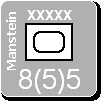





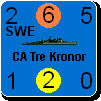

 .
. 

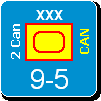


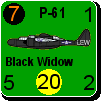
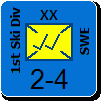
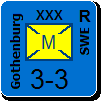
 New Messages
New Messages No New Messages
No New Messages Hot Topic w/ New Messages
Hot Topic w/ New Messages Hot Topic w/o New Messages
Hot Topic w/o New Messages Locked w/ New Messages
Locked w/ New Messages Locked w/o New Messages
Locked w/o New Messages Post New Thread
Post New Thread